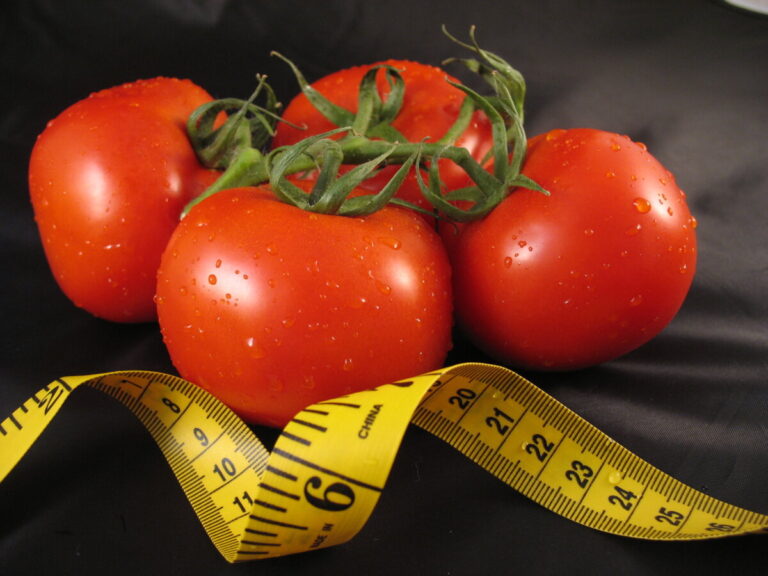When some people hear the word “calorie,” they often think negatively about it. Consuming too many calories, especially from the wrong sources, can indeed be harmful to one’s health. However, calories are essential for maintaining good health. But what are the different types of calories, and what exactly is a “calorie”?
What is a Calorie?
A calorie is a measure of energy. Specifically, in scientific terms, a calorie is the amount of energy required to raise the temperature of 1 gram of water by 1°C. In the context of food, referred to as kcal or food calories, it measures the energy required to raise the temperature of a liter of water by 1°C. For example, a Krispy Kreme apple fritter donut with 350 calories (1,464 kJ) has enough energy to heat a liter of water by 350°C, which is equivalent to 662°F. This is almost as much energy as contained in a stick of dynamite, although the donut releases this energy over a much longer period.
Different Terms for Calories
The term “calorie” can refer to different measurements depending on the context. In the United States, Canada, and the United Kingdom, food packages typically show energy content in food calories or kcals. Many other countries use kilojoules (kJ), where 1 kcal equals approximately 4.18 kJ.
Sources of Calories
Calories in our diet come from four primary sources: proteins, carbohydrates, fats (or oils), and alcohol.
Calories from Nutrients
Nutrients are chemical substances required by the body to sustain basic functions. Not all sources of calories have nutrients. Food calories from nutrients can be calculated using a technique known as the 4-9-4 system. This measures the amount of protein, fats, and carbs in food. These three make up the calorie generators that have essential nutrients.
- Proteins: Each gram of protein provides 4 calories. Sources include meats, eggs, dairy, and plant-based options like legumes, nuts, and certain grains.
- Fats or Oils: The most calorie-dense, fats provide 9 calories per gram. While animal fats are found in meats and dairy, many healthy oils are plant-based, such as those in nuts, seeds, and vegetable oils.
- Carbohydrates: Also providing 4 calories per gram, carbohydrates range from quick-absorbing sugars and white bread to healthier options like whole grains that offer sustained energy.
Carbohydrates include dietary fiber, or roughage. There are two types of dietary fiber: soluble and insoluble fiber. Soluble fiber dissolves in water and can be broken down by bacteria in the gastrointestinal tract; these produce calories. Insoluble fiber is not broken down and is not a source of calories. Nutrition labels usually do not distinguish between soluble and insoluble fiber, but both are beneficial. Soluble fiber is found in foods such as beans, fruits, oats, nuts, seeds, and vegetables. Also, insoluble fiber is found in similar foods, as well as wheat bran, and some whole-grain foods.
It’s important to note that many foods contain more than one type of nutrient, contributing to their total caloric value. For instance, bread, typically categorized as a carbohydrate, also contains protein. And nuts, considered to be high in fats and oils, may also contain protein and carbs.
Alcohol Calories
Alcohol provides a distinct type of calorie, with each gram delivering 7 calories. However, unlike the other three sources, alcohol offers little to no nutritional value.
Nutrients Without Calories
While proteins, carbohydrates, and fats all provide calories, other essential nutrients do not contribute calories but are still vital for health. These include:
- Vitamins: Organic micronutrients crucial for metabolism.
- Minerals: Inorganic micronutrients also essential for bodily functions.
- Water: A critical nutrient, providing no calories.
- Insoluble fiber: This nutrient does not dissolve in water and passes through the gastrointestinal tract mostly intact, and is not a source of calories.
Calculating Total Calories from Food
Historically, the caloric content of food was determined by burning it in a device known as a bomb calorimeter. This process involved igniting a food sample in a closed container surrounded by water and measuring the resulting temperature increase in the water to calculate the calories.
To calculate the total calories from a specific food or recipe today, use the following formula. This is a general calculation and does not take into account whether the fiber source is soluble or insoluble (not adding calories):
| Food | Protein | Fats | Carbs | Calories |
|---|---|---|---|---|
| Kidney Beans | 22.5g x 4 = 90 kcal | 1.06g x 9 = 9.54 kcal | 61.3g x 4 = 245.2 kcal | 345 kcal |
| Plums | 1g x 4 = 4 kcal | 0g | 24g x 4 = 96 kcal | 100 kcal |
| Honey | 0g | 0g | 17g x 4 = 68 kcal | 68 kcal |
| Rice | 4g x 4 = 16 kcal | 0g | 36g x 4 = 144 kcal | 160 kcal |
We hope this overview has shed light on the process of calculating food calories. Remember, if you maintain a well-balanced plant-based diet and minimize your consumption of processed foods, there’s little need to obsess over counting calories. Enjoy your meals and happy eating!

